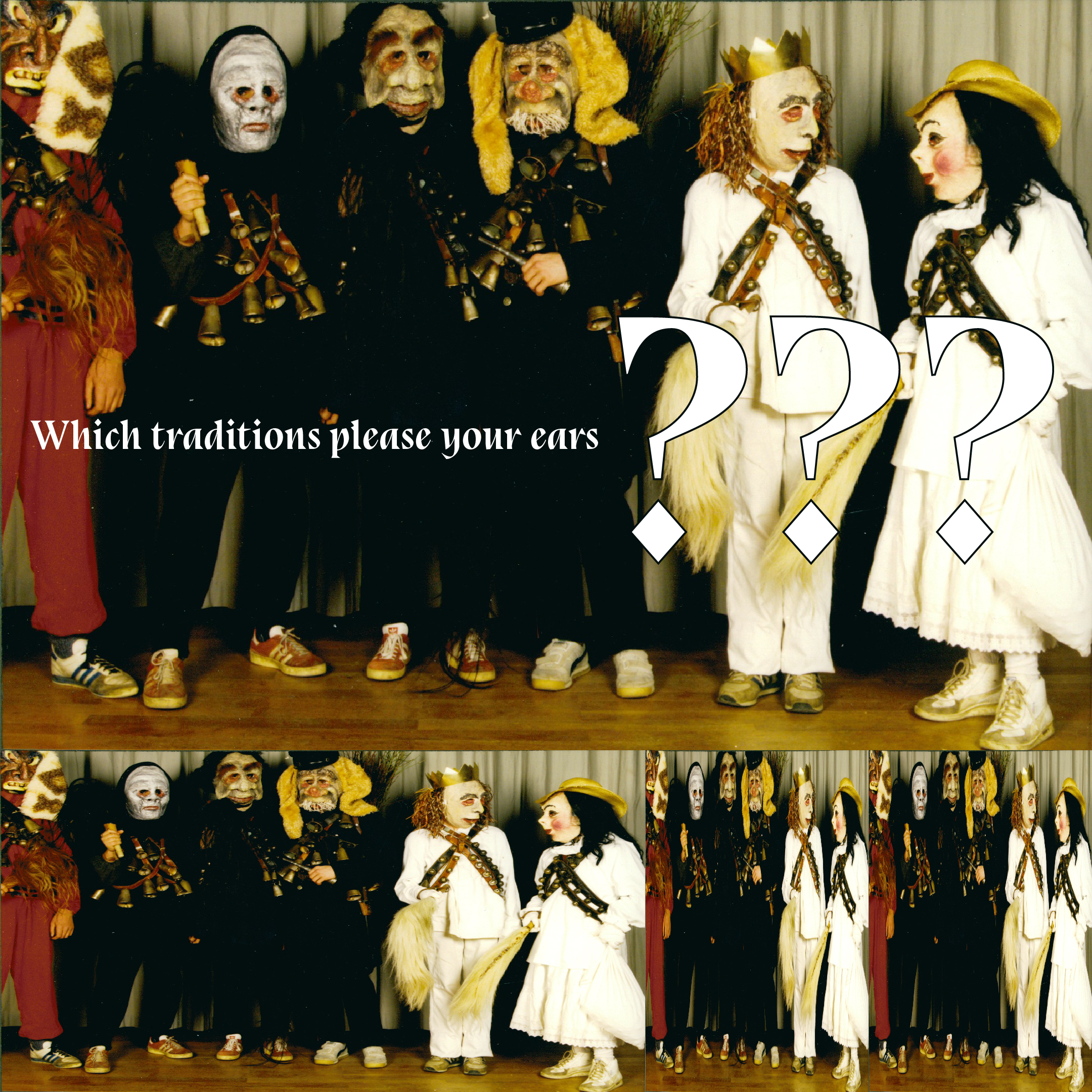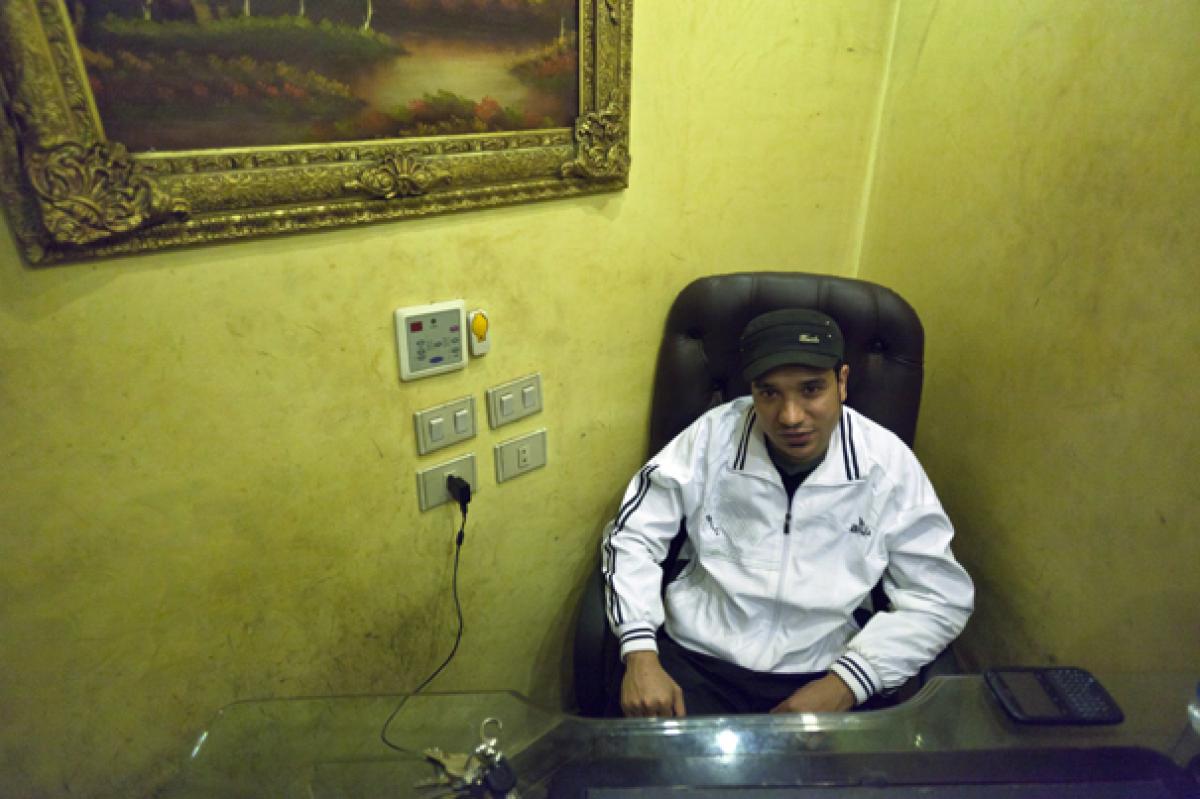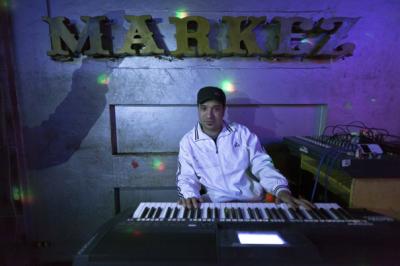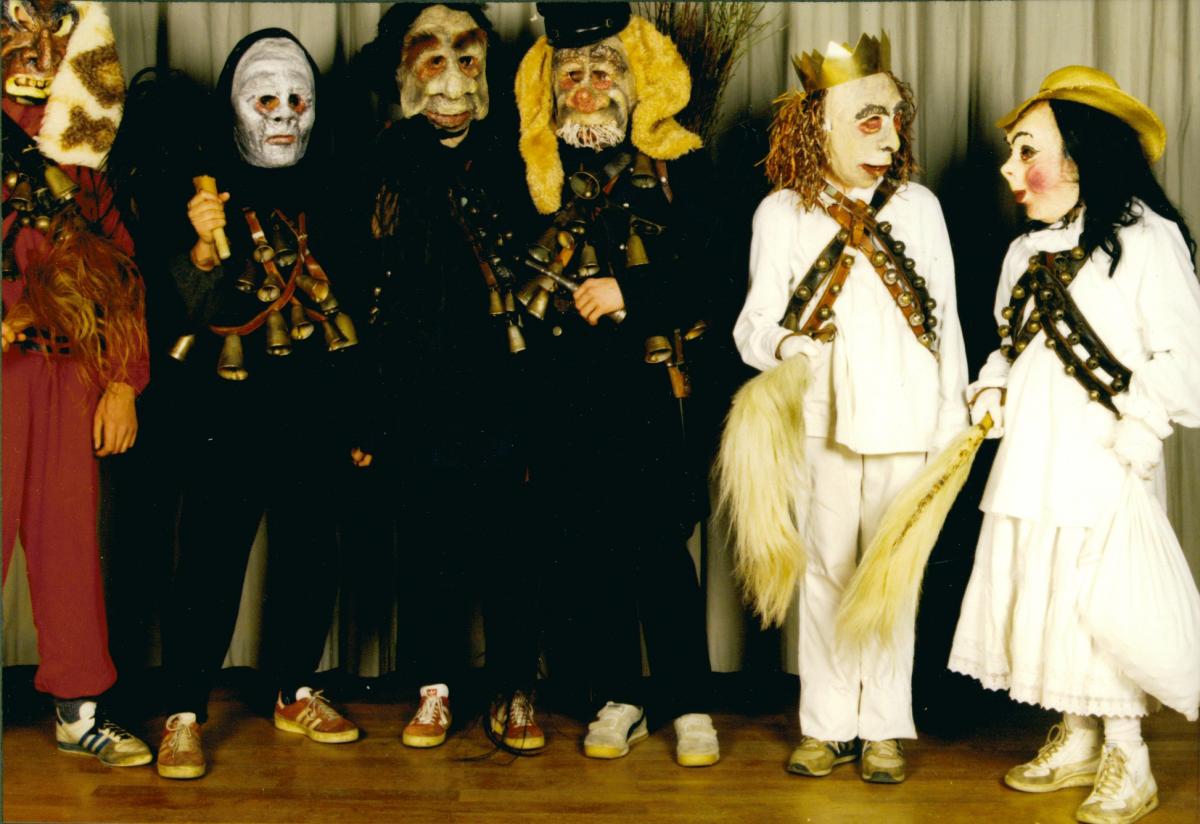
Mashing Up Living Traditions
In 2012, Switzerland has presented its «Inventory of Living Traditions in Switzerland» – the first official selections for the «Representative List of the Intangible Cultural Heritage of Humanity». Lists aren't a dry thing: Some of the practices have inspired Patrica Jäggi to create her own list – a suspenseful sound montage.
Traditions which are part of the collage in order of appearence: Hornussen, Basler Fasnacht, Santa Claus traditions in Central Switzerland, Carnival in Central Switzerland (Chatzemusig), Wind bands, Animal husbandry and cow fighting, Tschäggätä, Playing the Alphorn and the Büchel, Avalanche risk management, The Munot traditions, The production of mechanical music automata, The development of tourism in the countryside of Switzerland, 'Belle Epoque' excursions in the Lake Geneva region, Wild haymaking in Central Switzerland, The Lausanne cathedral watch, Folk music in the Appenzellerland and Toggenburg regions. (Copyright: swissinfo.ch, Zytglogge- Verlag)
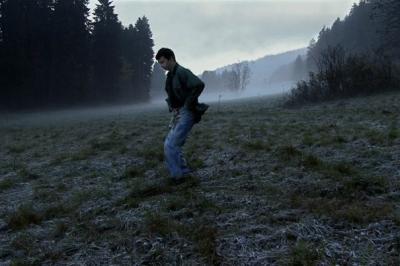
The idea behind the 5-minute sound montage of the List of Living Traditions in Switzerland collage was to go through a selection of the Swiss list of living traditions only by ear. In contrast to the generation of the List of Living Traditions in Switzerland, I chose the traditions for further editing based on two subjective criteria:
First: an aesthetical one: I asked myself, which traditions sound nice and please your ears, or in other words: Which ones are connoted positively or correspond to the concept of Western musical harmony? In contrast, which traditions are not so pleasant to hear, are noisy, chaotic, bewildering or even hurt your ears?
I thought about the various traditions where uproars in small or huge groups build an important part of sounding expression. In contrast to these kinds of phenomena, which try to produce uncontrollable, dense and loud sounds and noises, the list also contains traditions that have a more private and intimate character. Their acoustical expressions are more quiet, probably also more organised and therefore may considered harmonic. So, the juxtaposition of euphony and cacophony was an inspiring, but as well a problematic criteria for the acoustical construction of my own list of living traditions.
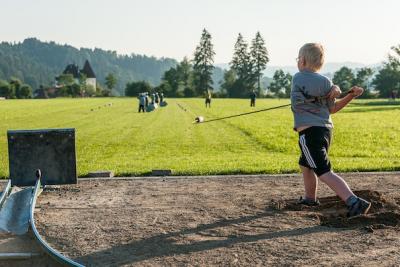
The second criterion was a rather pragmatic one: I only could use sounds from traditions of which I could find good-quality audio-material. That means that poorly documented traditions had only little chance to be in my list. So I got aware of the fact, how variable in size, content and recognition the listed traditions are in relation to their acoustical dimension.
My sounding list was made of different pieces of recordings. In other words, it consists of various acoustical snippets or fragments. Through my editing, each one of the snippets was set in another, probably sometimes also unusual relation. You hear church bells in front of a rumbling avalanche or the rhythmic stepping of feet combined with the sound of a jig saw. This technique to combine contrasting or similar sounds is also called montage. During my work with the material, with «traditions» I cut in pieces, two things came up my mind: On the one hand I remembered the debates on tradition as either unchangeable or constantly transforming, authentic or invented (as Hobsbawm stated 1983). On the other hand I caught interest in the theory of montage of Sergei Eisenstein.


So connecting with the ideas of Eisenstein one could naively or more provonkingly ask: Can every tradition be seen as a montage of cultural, sensual, visual or acoustical fragments? In his early montage theory, the Soviet filmmaker Sergei Eisenstein talks about montage as a technique where fragments are set in relations to build a syntagma. Only through montage the elements, which solely are without meaning, attain significance. The process of choosing, selecting and foregroundig the significant elements is called framing. Frame doesn’t mean that you’ve a pre-established frame where you pack everything in it. When montage is mainly the temporal or rhythmic organisation of fragments, frame covers more the narrative aspects such as confrontations between fragments. So during the process of montage fragments are framed through interrelations.
The point I tried to make through the adaptation of the idea of montage to «tradition» is actually simple: I intended to focus on the creative or inventive impulses that are intrinsic to traditions and especially to bearers of tradition. Also if I was dealing with historical documents of recordings and not with the «living» tradition itself, I was probably confronted with an impulse we share: to give old stuff a new frame to keep it alive!
To further listening:
Der klingende Jahreskreis: Melodien, Rhythmen und Lärm in den Volksbräuchen der Schweiz
Erschienen im Zytglogge-Verlag im November 2013.
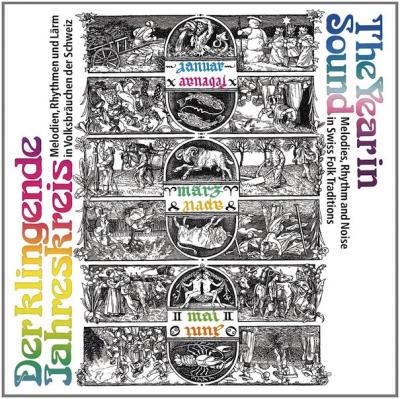
Special Thanks to swissinfo.ch, Zytglogge-Verlag Bern and Brigitte Bachmann-Geiser.
Biography
Published on February 14, 2014
Last updated on April 11, 2024
Topics
Can a small chinese radio show about Uyghur music stand against the censorshop of the Communist Party of China? Are art residencies useful?
From the music format «78 rpm», the melancholic echoes of a dubbed out rave night in London, and parodic mockings of «perfect house wifes» by female Nigerian pop musicians.
How artists deal with the practice that some call «time-travel» and others «audiotopia».
From westernized hip hop in Bhutan to the instrumentalization of «lusofonia» by Portuguese cultural politics.
Snap
